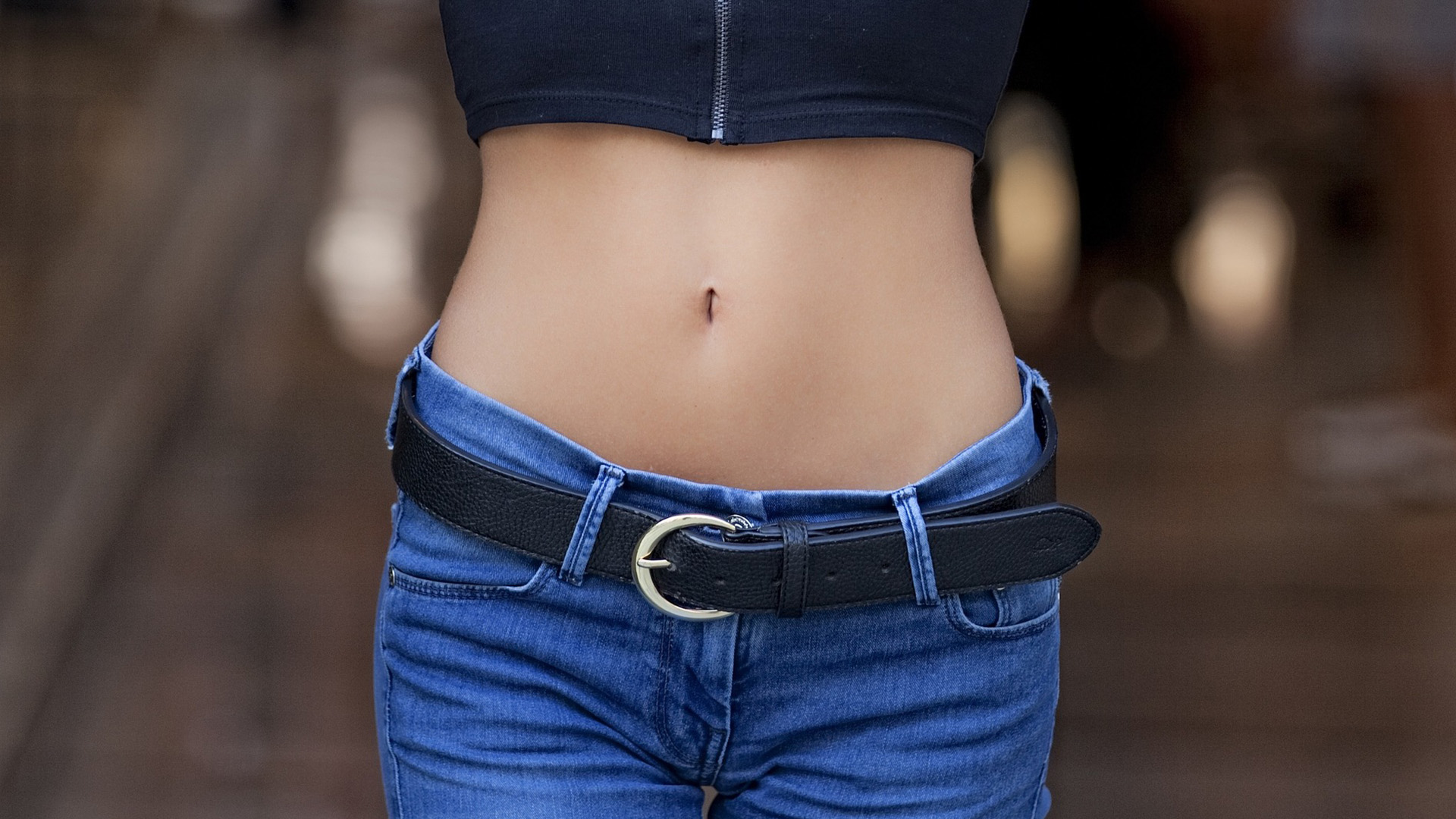
Every woman should check this for her health
Self-examination is very important for your own health, and every woman should check this for their health in the future. Read below.
Self-check
American website Health.com pointed out six self-checks that every woman should periodically perform in order to prevent the emergence of certain health problems.
BREASTS
Ideally, women should be familiar with their breasts in order to be able to notice any changes in the body. Women should also take into account all breast exams that are recommended, such as mammograms. At least once a month women should carry out self-examination of their breasts. Also, it is advisable to seek any changes on the breasts when showering or removing the brassiere, as well as any recesses, creases, redness, swelling, rash or pain.
SKIN
A detailed skin check is recommended once a month. Skin checkup is important for everyone but especially for people with red skin and hair, those who have more mole or have had some type of skin disease in the past. To look at the skin you will need a large mirror with a hand mirror and the help of another person. It is important to inspect every part of your body, even areas that are not exposed to the sun, such as your scalp (use a comb or hair dryer to uncover all parts of your head), hands (even nails), under your breast, and even genitalia and feet.
WAIST
Every 3-4 months it is recommended to review the waist circumference. Your waistline may be a better indicator of health and future health risks than the number on the scale or the body mass index. Abdominal fat is a greater risk factor when it comes to heart disease, stroke, and diabetes than fats gathered at other places in your body. The healthiest waist circumference is about 89 centimeters, and if your circumference is larger than that, consider doing certain exercises to reduce the waist circumference.
PULSE
Excessive heart rate or pulse may be a sign of excessive thyroid (hyperthyroidism), atrial fibrillation (heart rhythm abnormality) or other heart problems. And there is a low-tech way to follow it: check the pulse. Put your index and third finger on the side of the neck or on the wrist and count the number of beats in 15 seconds. Multiply it with four and you have a pulse. Normal beats range from 60 to 100 beats. Check your pulse at least once a month.
HEIGHT
Measuring your height at least once a year is an easy way to keep track of how healthy your bones are. Make sure that you get enough calcium through dairy products, orange juice, enriched with calcium and green leafy vegetables like spinach and broccoli, and enjoy exercise.
BLOOD PREASURE
Blood pressure should be measured every week or every two weeks. Before checking the pressure, find a quiet place and rest for 5 minutes. Avoid caffeine, tobacco, alcohol and exercise before measuring the pressure, as this can give you wrong results. Try to check the pressure at the same time each day. Sit with your feet on the floor. Normal numbers are for systolic pressure (highest number) less than 120 and diastolic pressure (lower number) is less than 80. If the numbers increase once, do not panic; Wait a few minutes and try again. Track your numbers in the journal (some blood pressure monitors record numbers for you) so you can see the pressure behavior over time.
The Chinese Face Map reveals the problems you have in your body – here.

I give consent to Be Seen Be Popular (BSBP) to process and use my personal information ( name and e-mail address ) in order to answer to my inquiry and send information associated with this website.